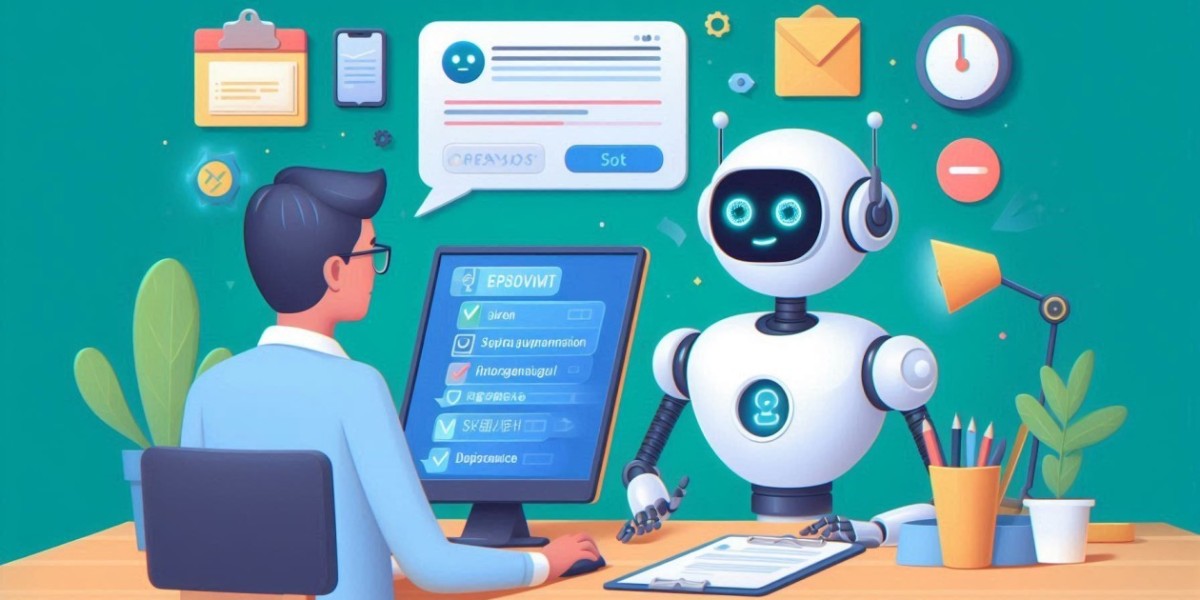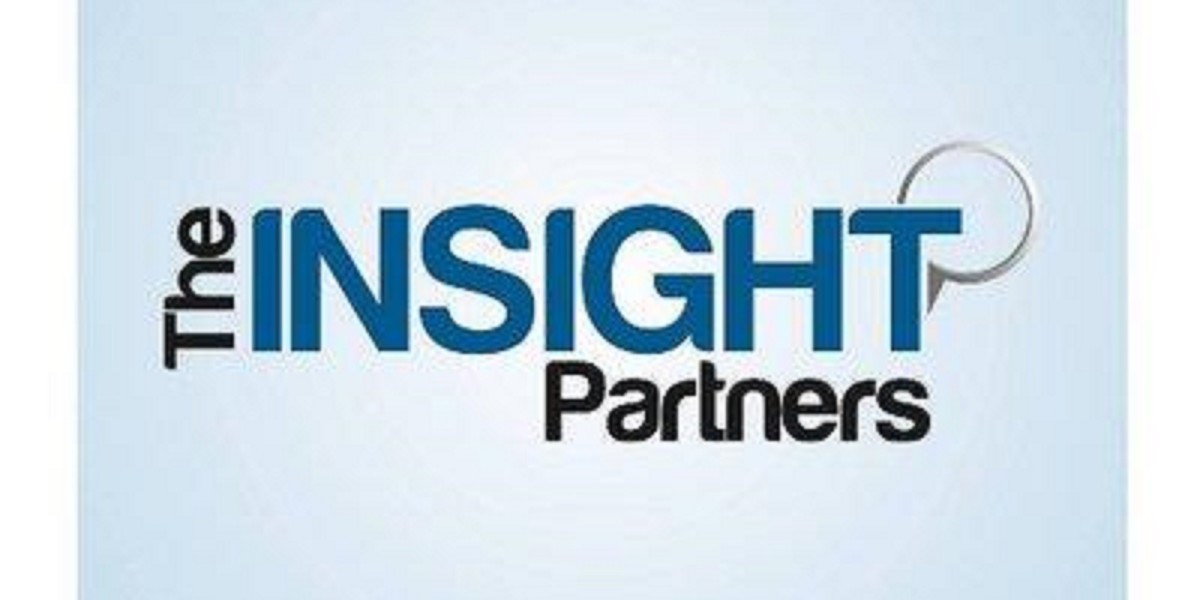Introduction
User experience (UX) and user interface (UI) design are among the fastest-growing fields in the tech industry. Hiring managers evaluate candidates not only for technical skills like prototyping and design software proficiency but also for problem-solving, creativity, and the ability to understand user needs. Traditional preparation methods, such as portfolio reviews and mock interviews with peers, often fall short of providing measurable feedback or simulating realistic interview scenarios.
AI interview assistants have emerged as a revolutionary solution for UX/UI designers, offering personalized practice, data-driven feedback, and realistic simulations. By using AI tools, candidates can refine both their design thinking and communication skills, ensuring they are fully prepared for highly competitive interviews.
Why AI Interview Assistants Are Essential for UX/UI Designers
1. Personalized Practice Tailored to UX/UI Roles
AI interview assistants can generate questions specifically for UX/UI positions, including:
Explain your process for designing a user-friendly mobile app interface.
Describe a time when you had to redesign a feature based on user feedback.
How do you balance aesthetics and usability in your designs?
By tailoring questions to the role, AI tools help candidates focus on areas that matter most for UX/UI positions.
2. Behavioral and Situational Question Preparation
UX/UI designers must demonstrate soft skills such as collaboration, problem-solving, and empathy for users. AI assistants can simulate behavioral questions using the STAR (Situation-Task-Action-Result) framework.
Example:
“Tell me about a project where user testing revealed significant usability issues. How did you address them?”
AI feedback ensures responses are structured, concise, and persuasive, helping candidates communicate their thought process effectively.
3. Portfolio and Case Study Presentation
Presenting design work effectively is crucial in UX/UI interviews. AI assistants can simulate portfolio presentations, providing feedback on:
Storytelling and clarity of explanation
Visual communication skills
Confidence and pacing during presentations
This ensures candidates can highlight their design process and rationale convincingly.
4. Technical Knowledge Assessment
UX/UI interviews often include technical questions about tools and processes, such as:
Wireframing and prototyping techniques (Figma, Sketch, Adobe XD)
Conducting user research and usability testing
Information architecture and interaction design principles
Accessibility standards and inclusive design practices
AI assistants generate scenario-based questions to test technical knowledge, enabling candidates to articulate solutions with confidence.
5. Time Management and Stress Handling
AI platforms often include timed sessions and rapid-fire questions, helping candidates improve composure under pressure. This is particularly useful for portfolio reviews or live design challenges during interviews.
Key Features of Leading AI Interview Assistants for UX/UI Designers
| Feature | Description |
|---|---|
| Custom Question Generation | Generates UX/UI-specific questions based on role and company |
| STAR Method Coaching | Guides candidates in structuring behavioral answers |
| Portfolio Presentation Simulation | Simulates presenting design projects to assess storytelling and clarity |
| Technical Scenario Practice | Covers UX/UI tools, prototyping, usability testing, and design principles |
| Video & Audio Feedback | Evaluates tone, clarity, pacing, and nonverbal communication |
| Progress Analytics | Tracks improvements across multiple sessions |
| Timed Stress Simulations | Prepares candidates for high-pressure interview situations |
| Data Privacy & Security | Ensures candidate recordings and information remain secure |
Top AI Interview Assistants for UX/UI Designers
| Tool | Strengths | Best Suited For | Limitations |
|---|---|---|---|
| Interview Sidekick | Tailored behavioral questions, portfolio presentation feedback, analytics | UX/UI designers targeting tech and product companies | Premium plan required for full features |
| Final Round AI | Realistic simulations and structured feedback | Mid-career designers seeking comprehensive prep | Premium features can be expensive |
| LockedIn AI | Scenario-based problem-solving exercises | UX/UI designers needing technical assessment | Less focus on soft skill preparation |
| Talentuner | Affordable, balanced behavioral and technical modules | Entry-level UX/UI designers | Limited advanced customization |
| Interviews.chat | On-demand practice sessions | Candidates needing frequent short drills | Basic analytics and feedback depth |
| Interviews by AI | Generates targeted questions from uploaded job descriptions | Career changers or multi-industry applicants | Limited nonverbal feedback |
How to Maximize AI Interview Assistants for UX/UI Interviews
1. Practice Portfolio and Case Study Presentations
Record yourself presenting your portfolio or case studies to simulate a real interview environment.
Receive AI feedback on clarity, pacing, storytelling, and engagement.
Focus on explaining your design thinking, problem-solving approach, and user-centered decisions.
2. Behavioral Question Practice
Use AI-generated STAR questions to practice collaboration, conflict resolution, and user advocacy scenarios.
Review AI analytics to identify repetitive issues such as filler words or unstructured responses.
3. Technical Skills Preparation
Request scenario-based questions on wireframing, prototyping, or usability testing.
Simulate live design challenges under time constraints to improve problem-solving skills and confidence.
4. Timed Practice Sessions
Practice under timed conditions to replicate live interviews or design exercises.
AI feedback highlights pacing, efficiency, and ability to articulate solutions clearly.
5. Track Your Progress
Use AI dashboards to monitor performance trends in communication, portfolio presentation, and technical problem-solving.
Focus on weak areas in subsequent sessions to ensure consistent improvement.
6. Combine AI Feedback with Human Mentorship
Share recorded sessions with mentors or peers to receive additional insights on design thinking and presentation style.
Integrate human feedback with AI insights for comprehensive preparation.
Emerging Trends for UX/UI Interview Preparation
AI Portfolio Evaluation
Future AI platforms may analyze portfolio submissions for visual clarity, hierarchy, storytelling, and usability demonstration.Industry-Specific Scenario Generation
AI can simulate role-specific challenges, such as mobile-first design, e-commerce platforms, or SaaS dashboards.Collaborative Simulation Exercises
AI can simulate cross-functional team scenarios to assess collaboration, communication, and design leadership skills.Emotion Recognition and Engagement Analysis
Advanced AI may assess confidence, enthusiasm, and user-centered empathy during presentations and interviews.Career Path Integration
AI platforms could connect performance metrics to long-term skill development and career growth, helping designers plan their progression strategically.
Sample 6-Week AI-Driven UX/UI Interview Practice Roadmap
| Week | Focus Area | AI Tool Activity | Outcome |
|---|---|---|---|
| 1 | Baseline Assessment | Record behavioral and portfolio presentations | Identify strengths and weaknesses |
| 2 | Portfolio Presentation Enhancement | Record and refine project storytelling | Improved clarity, pacing, and engagement |
| 3 | Behavioral Question Practice | STAR method exercises on collaboration and problem-solving | Structured and concise responses |
| 4 | Technical Skills Simulation | Wireframing, prototyping, and usability testing scenarios | Confident articulation of design solutions |
| 5 | Timed Stress Simulations | Rapid-fire and live problem-solving exercises | Enhanced composure and efficiency under pressure |
| 6 | Final Assessment & Mentorship Review | Record final session and review AI + human feedback | Ready for real UX/UI interviews |
Common Mistakes UX/UI Candidates Make
Overloading Portfolio Presentations
Highlight key projects instead of overwhelming interviewers with too many examples.Ignoring Behavioral and Situational Preparation
Soft skills, collaboration, and empathy are critical even for technical UX/UI roles.Neglecting Technical Question Preparation
Be ready to answer questions on software proficiency, design systems, and accessibility standards.Relying Only on Free Tools
Advanced AI features provide critical insights that basic versions cannot.Skipping Video Practice
Nonverbal communication significantly influences first impressions, especially in portfolio presentations.
Real-World Example
A candidate applying for a senior UX designer role at a tech company uses Interview Sidekick:
Practices portfolio presentation by recording explanations of three major case studies.
Uses STAR method exercises to simulate behavioral questions on teamwork and design problem-solving.
Completes scenario-based exercises on usability testing and wireframing challenges.
After six weeks of AI-guided practice and mentor review, the candidate enters the interview confident, articulate, and well-prepared, effectively demonstrating both design skills and professional communication.
Conclusion
AI interview assistants are transforming preparation for UX/UI designer interviews in 2025. Tools like Interview Sidekick, Final Round AI, and LockedIn AI provide personalized simulations, technical assessments, portfolio presentation practice, and actionable feedback.
By combining AI-driven practice with human feedback and consistent self-review, candidates can:
Refine portfolio presentations
Improve behavioral responses and communication skills
Master technical UX/UI challenges
Build confidence under timed and high-pressure conditions
For UX/UI designers, AI interview assistants ar













